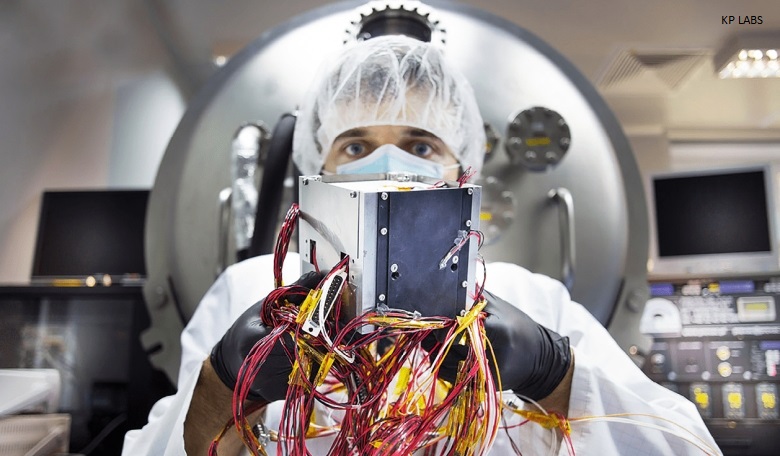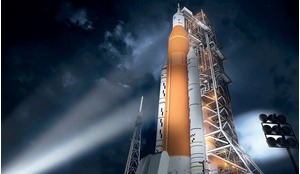The interplay between the patent system and space has cropped up from time to time for decades, but has not evolved at any great pace despite the space sector becoming increasingly privatised and commercialised. However, it can be expected that businesses will increasingly call for legal certainty when it comes to investing in space, particularly due to the high risk, high cost nature of the industry. Louise Mansion explains some of the key issues.
Apatent provides an inventor with a legal right to prevent other people from making, selling, importing or using their invention for 20 years. The scope of the legal right is defined by the patent ‘claims’, which can cover both products and processes. A process may be a method of using a product or a method of manufacturing a product. In order for a patent to be granted, the invention must be new and inventive, where ‘inventiveness’ requires that the invention is ‘not obvious’ from what has been done before.
Previous discussions of the applicability of patent law to space have typically focused on concepts of devising an invention in space or using a patented product in space. However, this is now being extended to cover the consequences of manufacturing a patented product in space or using a patented manufacturing process in space, along with what happens when the products are returned to Earth.














